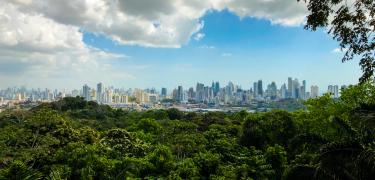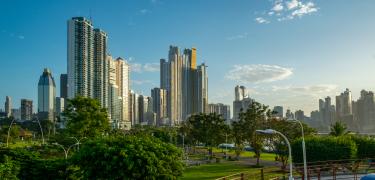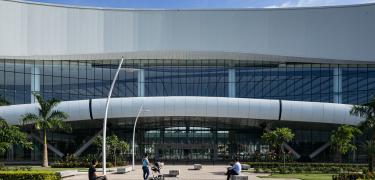Birdwatching on the Pacific Coast of Veraguas
The Pacific Coast of Veraguas, with two national parks and a wetland declared a Ramsar site, is a natural paradise with unmatched biodiversity. With more than 250 species, birdwatching lovers will not want to miss this special spot. Here, we will tell you where to go if you want to visit the best places to birdwatch on the Pacific Coast of Veraguas, as well as give you a foretaste of what you can find.
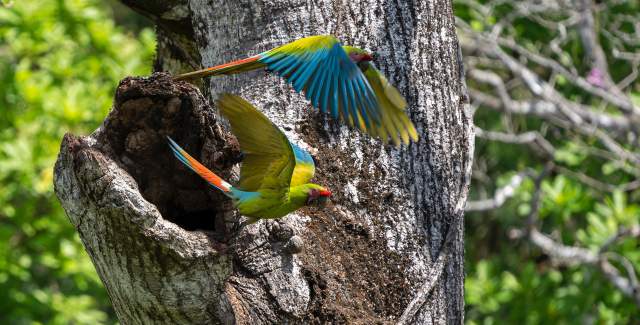
Species
Just by visiting the strategic places in Veraguas, you can add more than 250 species to your bird count.
You will be able to see resident species such as the Orange-necked Manakin (Manacus aurantiacus), migratory birds such as the Curlew (Whimbrel), and even a few rarities such as the Lesser Harpy (Morphnus guianensis) that pass through Panamá from time to time.
During your visit, try to find the three regional endemic species that inhabit the humid forests of the Pacific slope such as the Veraguas mango (Anthracothorax veraguensis) and the blackish batara (Thamnophilus bridgesi). But if you are looking for rare birds, try to find the great green macaw (Ara ambiguus) and the black-and-white eagle (Spizaetus melanolecus). If you want to see those little birds that you won't be able to see anywhere else in the world, be sure to visit Cerro Hoya, Coiba National Park to discover some secrets.
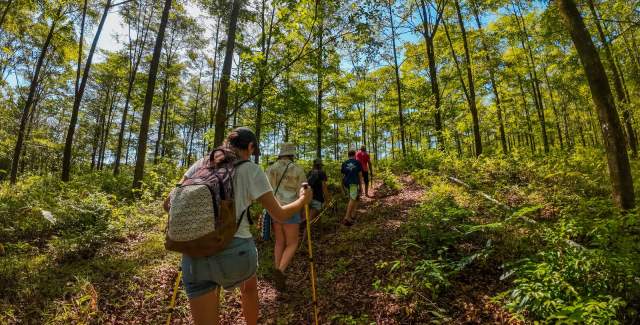
Places
Visit Cerro Hoya National Park and look for the 96 species of birds that inhabit its diverse landscapes.
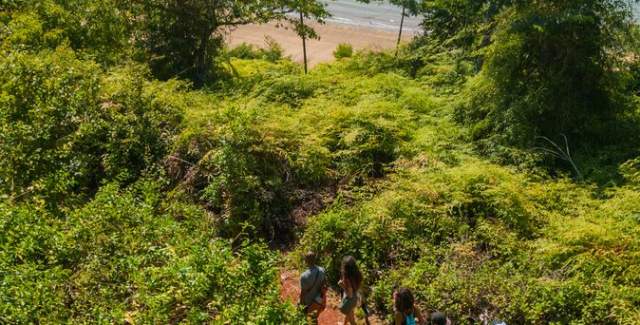
Cerro Hoya is really famous among bird experts for being the only home of the Azuero painted parakeet (Pyrrhura eisenmanni). Additionally, in recent decades, a new species of parrot and two hummingbirds have been found on the park grounds, which are being studied by ornithologists.
Don't miss out on passing through the Gulf of Montijo, declared a Ramsar site, to discover the 250 species that rest among its wetlands. You will find birds of prey such as the Osprey (Pandion Haliaetus) and the Mangrove Hawk (Buteogallus Subtilis), migratory birds such as the Short-billed Dowitcher (Short-billed Dowitcher) and the Gray Plover (Willet), as well as the wonderful Red-fronted Amazon Parrot Amazon Parrot).
Take a pelagic tour through Coiba National Park, declared a Natural Heritage of Humanity by UNESCO. Take a boat tour through the home of more than 148 species. This incredible nature reserve has 40 migratory species, 12 accidental and 96 residents, including 2 endemic species.
Inside the park, explore the cliffs of Jicarita and Jicarón, a bird sanctuary where you can spot the majestic crested eagle, one of the largest in the world. Take a walk along the Los Pozos trail to try to encounter the Coiba wild pigeon or the Coiba spinetail, a unique species in the park.

When to Go
If your goal is to see the enigmatic Azuero painted parakeet, we recommend going between June and July. If you want to count migratory birds, the season begins in September and lasts until early November, with October being the best time.
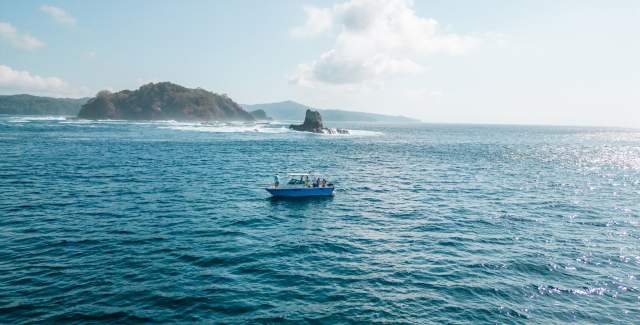
But rest assured that, regardless of the month, on the Pacific Coast of Veraguas you will always find a long list of species for your personal bird count.
Keep in mind that Panamá has a long rainy season that stretches from the end of March to December. It is very likely that you will encounter stormy days that make the landscape change completely. But don't worry: if you travel during these months, you can continue exploring every area. Just make sure you have appropriate clothing.
Make the most of your visit to enjoy the incredible beaches of the Pacific and include hiking, surfing or turtle and whale watching tours in your itinerary.
Tour the Pacific Coast of Veraguas, explore forests, islands and cliffs to have the best birdwatching experience. Come with your list on hand: you'll be surprised how many species you can cross off on your bird count.

